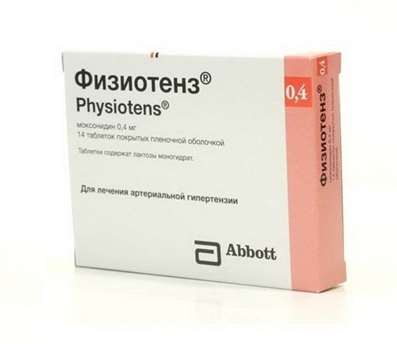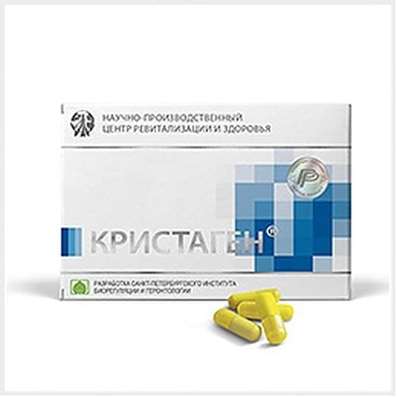Instruction for use: Terlipressin (Terlipressinum)
I want this, give me price
Chemical name:
N-Triglycyl-8-lysine-vasopressin acetate
Pharmacological group
Hormones of the hypothalamus, pituitary gland, gonadotropins and their antagonists
Uterotonics
Nosological classification (ICD-10)
I85.0 Varicose veins of the esophagus with bleeding
Bleeding from the esophagus, Bleeding from esophageal varices
K92.2 Gastro-intestinal bleeding, unspecified
Gastric and intestinal bleeding, Acute bleeding from the upper gastrointestinal tract, gastrorrhagia, Gastrointestinal bleeding, Intraoperative abdominal bleeding, enterorrhagia, Bleeding in the upper digestive tract, Gastrointestinal bleeding, Bleeding from the upper gastrointestinal tract, Bleeding from the gastrointestinal tract, Intraoperative bleeding abdominal, Recurrent bleeding in the digestive tract, Diagnosis of bleeding from the small intestine, peptic ulcer bleeding, Mallory-Weiss syndrome, Recurrent bleeding from peptic ulcers, Bleeding stomach
N93 Other abnormal bleeding from the uterus and vagina
Atonic uterine bleeding, Prolonged menstruation, Blood loss during menstruation, Bleeding from the genitourinary system, Bleeding uterine dysfunctional, Bleeding from the genital tract of organic etiology, Uterine bleeding, Menorrhagia with fibroids, Functional uterine bleeding, Abnormal bleeding from the genitals in women
O67 Labor and delivery, complicated by bleeding during labor, not elsewhere classified
O72 Postpartum hemorrhage
Bleeding in the puerperium, Postpartum bleeding
T81.0 Bleeding and hematoma complicating the procedure, not elsewhere classified
Bleeding in the postoperative period, Bleeding during transfusion, Bleeding during operations on the brain, Bleeding during surgical interventions, Bleeding after colorectal interventions, Bleeding after prostatectomy, Bleeding during surgery and in the postoperative period, Bleeding due to surgery on the prostate and urinary tract
Code CAS14636-12-5
Pharmacology
Pharmacological action - hemostatic, vasopressor.
Like vasopressin, it increases the tone of the smooth muscles of the vascular wall, causes narrowing of arterioles, veins and venules (especially in the abdominal cavity). Reduces blood flow in the smooth muscle organs and liver, lowers the pressure in the portal system. Helps reduce smooth muscles of the esophagus, increases tone and enhances intestinal motility, stimulates myometrium activity regardless of pregnancy.
After IV introduction, the volume of distribution is 0.5 liters. In the liver, kidneys and other tissues forms active metabolites, appearing in the plasma already 30 minutes after the injection. Their concentration reaches the maximum values after 1-2 hours. The extraneous Cl is 9 ml / kg / min.
Indications
Bleeding from the digestive tract (including varicose veins of the esophagus, ulcers of the stomach and duodenum), genitourinary system, during labor and abortion, metrorrhagia of various genesis, intraoperative abdominal and gynecological (local) bleeding.
Contraindications
Hypersensitivity, epilepsy, early pregnancy, toxicosis of pregnant women.
Restrictions for use
IHD, arterial hypertension, arrhythmias, bronchial asthma, elderly age.
Side effects
Headache, pallor, difficulty breathing, increased blood pressure, heart rate reduction, heart failure, myocardial infarction (rare), increased intestinal peristalsis (abdominal pain, belching, nausea, vomiting), uterine contraction (pain), necrosis at site w / m Introduction (rarely).
Interaction
Increases vasoconstrictive and uterotonic activity of oxytocin and methylergometrine, hypertensive effect of beta-adrenomimetics. Drugs that reduce heart rate, increase bradycardia.
Overdose
Symptoms: cardiovascular disorders (with doses over 2 mg every 4 hours).
Treatment: with pronounced increase in blood pressure, clonidine administration, at a heart rate of less than 50 beats per minute - atropine.
Routes of administration
In / in (intravenously), in / m (intramuscularly), para- and intracervical.
Precautions
When doses above 800 mcg are used, it is necessary to monitor BP (arterial pressure), heart rate (heart rate) and diuresis.

 Cart
Cart





